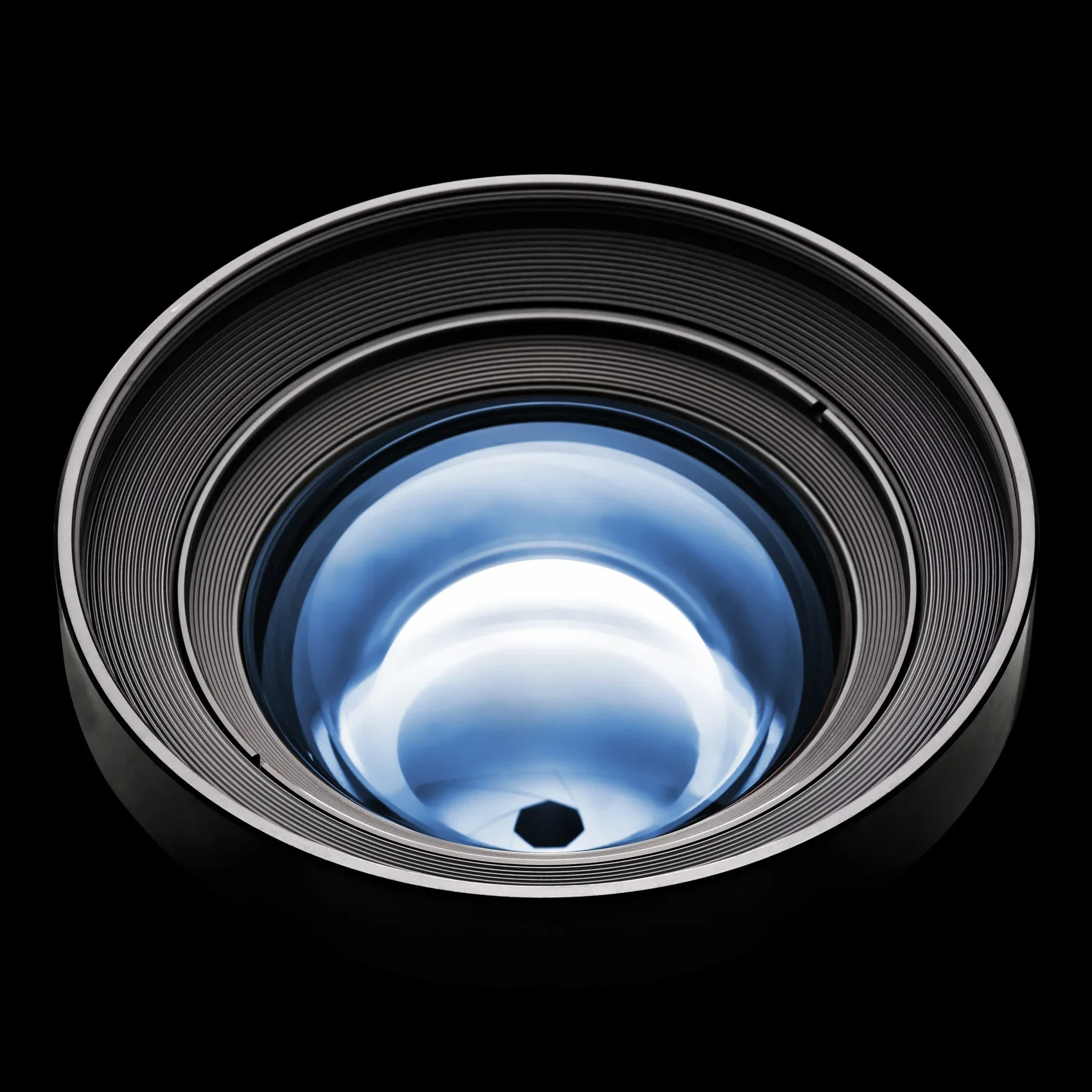From probing live cellular processes to mapping planetary surfaces, scientific research increasingly demands imaging beyond the visible spectrum. Short‑Wave Infrared (SWIR) imaging—spanning roughly 0.9–2.5 µm—offers unique advantages in penetration depth, material specificity, and temporal resolution. High‑speed SWIR cameras capture fleeting phenomena with sub‑millisecond precision, while their sensitivity to molecular vibrational overtones enables label‑free chemical mapping. As SWIR sensor technology matures, research labs across biology, chemistry, physics, astronomy, and environmental science are adopting SWIR to unlock new discoveries.
SWIR for Research versus Other Research Modalities
Visible‑light microscopy is limited by scattering in thick tissues and by fluorescence‑label photobleaching. Thermal‑infrared imaging lacks spatial resolution and chemical specificity. SWIR, however, penetrates biological samples with reduced scattering, allowing deeper imaging of live tissues and whole‑organism studies.
SWIR for Life Sciences
Imaging biological processes with SWIR provides cleaner images and novel insights. In developmental biology, SWIR can image fluorescently labeled neurons, mapping circuitry in real time without invasive sectioning. Researchers studying drug delivery into tumors use SWIR to monitor nanoparticle biodistribution and clearance, leveraging the reduced autofluorescence and deeper imaging depth of the SWIR window. Functional neuroimaging expands as SWIR‑compatible probes reveal calcium transients and oxygenation changes across cortical layers in live rodents—paving the way for minimally invasive brain–machine interfaces. In addition, SWIR‑based optical coherence tomography (OCT) systems generate high‑contrast, high‑resolution cross‑sectional images of retinal and dermal tissues, improving diagnostics for glaucoma, macular degeneration, and skin pathologies.
Space, Astronomy & Earth Observation
SWIR provides an advantage in astronomical research, piercing through stellar dust to create clearer images of celestial objects. On robotic landers and orbiters, SWIR cameras can identify mineralogical compositions by detecting unique reflectance peaks of clays, sulfates, and hydrated silicates—key to understand a planet’s aqueous history. In earth‑observation satellites, SWIR bands enhance cloud‑penetration imaging, vegetation‑stress analysis, and wildfire‑scar detection. Airborne SWIR instruments survey glaciers, tracking melt rates and crevasse formation with fine spatial resolution—critical data for climate modelling.
Chemical & Materials Research
In materials research, SWIR allows for simplified identification of compounds. High‑speed SWIR spectroscopic imaging deciphers ultrafast reaction intermediates in photochemistry and catalysis, capturing transient absorption spectra on microsecond timescales. Materials scientists employ SWIR hyperspectral cameras to map polymer phase separations, monitor curing processes in composites, and detect fatigue‑induced microcracks in alloys. In energy‑storage research, SWIR probes chemical changes in lithium‑ion battery electrodes during charge–discharge cycles, revealing degradation pathways non‑destructively.
Environmental & Field Applications
SWIR is ideal for monitoring large-scale change in environmental research. Portable SWIR systems enable in‑field soil‑analysis by mapping moisture content, organic composition, and mineralogy without sample preparation. Ecologists use handheld SWIR cameras to survey plant water status and stress levels during drought conditions, informing conservation strategies. In oceanography, SWIR‑equipped drones can measure algal bloom distributions and harmful cyanobacteria concentrations across lakes and coastal waters, providing real‑time environmental monitoring.
KAYA’s Mercury SWIFT: The Ideal SWIR for Research
KAYA Vision’ Mercury SWIFT is engineered for versatile research deployment. Its compact 44 × 44 × 35 mm, 100 g package—paired with a Micro‑BNC CoaXPress v2.1 interface—installs effortlessly on microscopes, telescopes, and field rigs. The InGaAs global‑shutter sensor captures 640 × 512 images at up to 1,600 fps, enabling motion‑blur‑free imaging of rapid biological, chemical, or mechanical phenomena. With 10 × 10 µm pixels and EMVA1288‑verified dynamic range, Mercury SWIFT excels at low‑light fluorescence and deep‑tissue applications. Built‑in defect‑pixel correction, adjustable gain control, and real‑time image enhancement streamline data acquisition, while GenCam and a full SDK support integration into custom analysis pipelines. Rated for –40 °C to +80 °C and 10–90% non‑condensing humidity, Mercury SWIFT endures challenging field conditions, making it the ideal SWIR camera for multidisciplinary research.
SWIR for research unlocks new frontiers in science, from observing living cells to charting planetary landscapes. By delivering deep‑penetration imaging, material‑specific contrast, and high‑speed capture, SWIR cameras like KAYA’s Mercury SWIFT empower researchers to explore the unseen and accelerate discovery across life sciences, physical sciences, and environmental fields.





